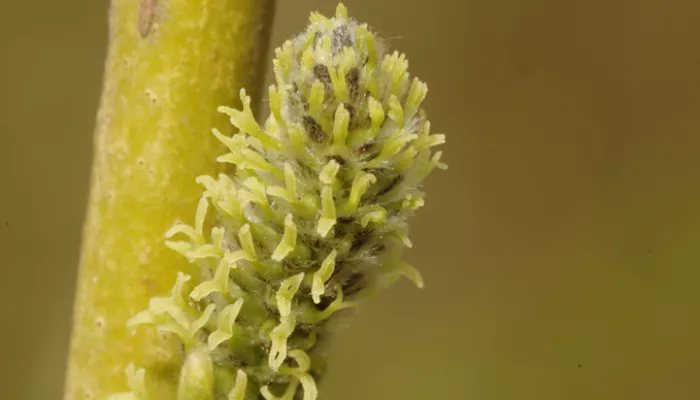About
The Common osier is a small willow tree that is particularly common in wet areas such as fens, ditches and riversides. It has also been widely cultivated and planted for its twigs, which are coppiced and used in basket-making. Indeed, even living willows are being woven into fences, screens and sculptures.Like with other willows, male and female flowers are found on different plants; make catkins are yellow, while female ones are green.

